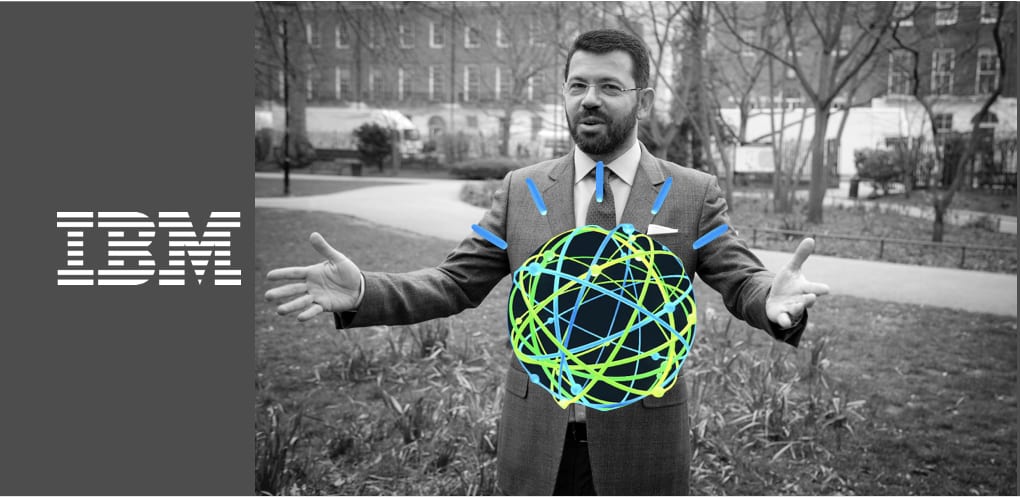
Source: LinkedIn
IBM’s Watson is the machine that crushed Ken Jennings at Jeopardy, analyzes sports statistics to improve player performance, churns through 60 million pages of medical journals a second, and is learning to make diagnoses and treatment recommendations.
Now, it’s being used to revolutionize the world of finance. Watson has grown up and its capabilities are increasing by the nanosecond – literally. From payments, to insurance, to financial education, it’s capabilities are growing rapidly.
Paolo Sironi is on the front lines of those efforts. Sironi is member of IBM’s Industry Academy and is a bestselling author of FinTech Innovation: From Robo-Advisors to Goal Based Investing and Gamification, among other books about finance and technology. He also advises IBM clients on digital transformation by linking finance, regulation, and technology into business models.
We spoke to the IBM thought leader about robots taking over the world, if we puny humans should be afraid, and how companies can develop technology with the public in mind.
So, WHEN will robots take over?
The process of robotization started a long time ago as part of a progressive evolution from human intensive economic activities towards machine-operated tasks. However, what makes today different is that modern transformation is occurring during a period of stagnation instead of growth. That’s when you start seeing people start to worry about their jobs. Today’s technology is becoming more “intelligent,” challenging human activities which were once considered out of scope. The reality is that Artificial Intelligence is not here to replace humans, but augment their capabilities. Just like Microsoft Excel didn’t replace accountants, AI will transform the way they work.
WHY shouldn’t we be afraid of the future you describe?
Technology is a part of our life and will always be—only it will take different forms. I am not a romantic futurist propelled by the next buzzwords. I am a business person who sees the potential of augmenting people’s capabilities to make financial decisions. There are ways to provide enriching, transparent, and fair conversations using digital means that will help financial decision be better for the masses.
HOW can the tech industry better address the public’s fear or misunderstanding of technology?
Innovation is not an easy journey. The industry is taken by the desire to demonstrate how today’s innovation can buy people’s hearts and minds, sometimes pushing too much on futuristic marketing and less on real life demonstrations. I think that only by explaining the advantages of today’s technology will the public be less concerned about the future. Many of the public’s questions are unanswerable today and will require time, research and open discussion to answer. But over 100 years of inventing, IBM has learned something about introducing transformative technologies and guiding their responsible adoption and use.
Artificial Intelligence is not here to replace humans, but augment their capabilities. Just like Microsoft Excel didn’t replace accountants, AI will transform the way they work.
WHAT does the future of finance look like?
There is a perfect storm happening right now in finance. Margins are being squeezed due to low interest rates and tougher competition, the cost of capital has been soaring, and new regulations that increase transparency and fiduciary standards are costly. Technology is today’s chance for the industry to fight to achieve sustaining innovation, which means better solutions for clients and sufficient margins to remunerate digitally enabled business models.
WHERE should people looking for the next financial tech innovation?
Voice technology is the new marketing. When artificial intelligence becomes truly conversational, then the digital will replace marketing in consumers’ lives. When people go to a bank or visit their financial advisor, they don’t have a specific purpose in mind. They might have some money and be looking for conversations to share the burden of their investment decisions. Finance is complicated. This why even innovative companies like Robo-Advisors have to dedicate a large amount of resources to marketing. The big question for the industry is how can we use technology to go from PULL to PUSH industry to compensate for these complexities? Voice technology will go a long way to facilitating that.